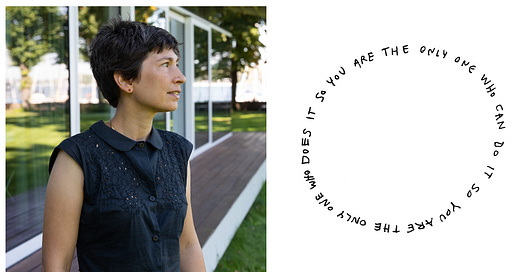Liana Finck, Cartoonist/Philosopher/Genius
HOW TO BABY, Liana Finck's hilarious, no-advice book, provides a profound message about the ravages of parental inequality.
I had already been a years-long fan of New Yorker cartoonist Liana Finck’s brilliant work and one of her ardent 581,000 followers on Instagram by the time The Atlantic, unbeknownst to me, assigned her to illustrate one of my essays. I screamed when I saw it: “Oh my god!” I said out lo…
Keep reading with a 7-day free trial
Subscribe to Ladyparts to keep reading this post and get 7 days of free access to the full post archives.




